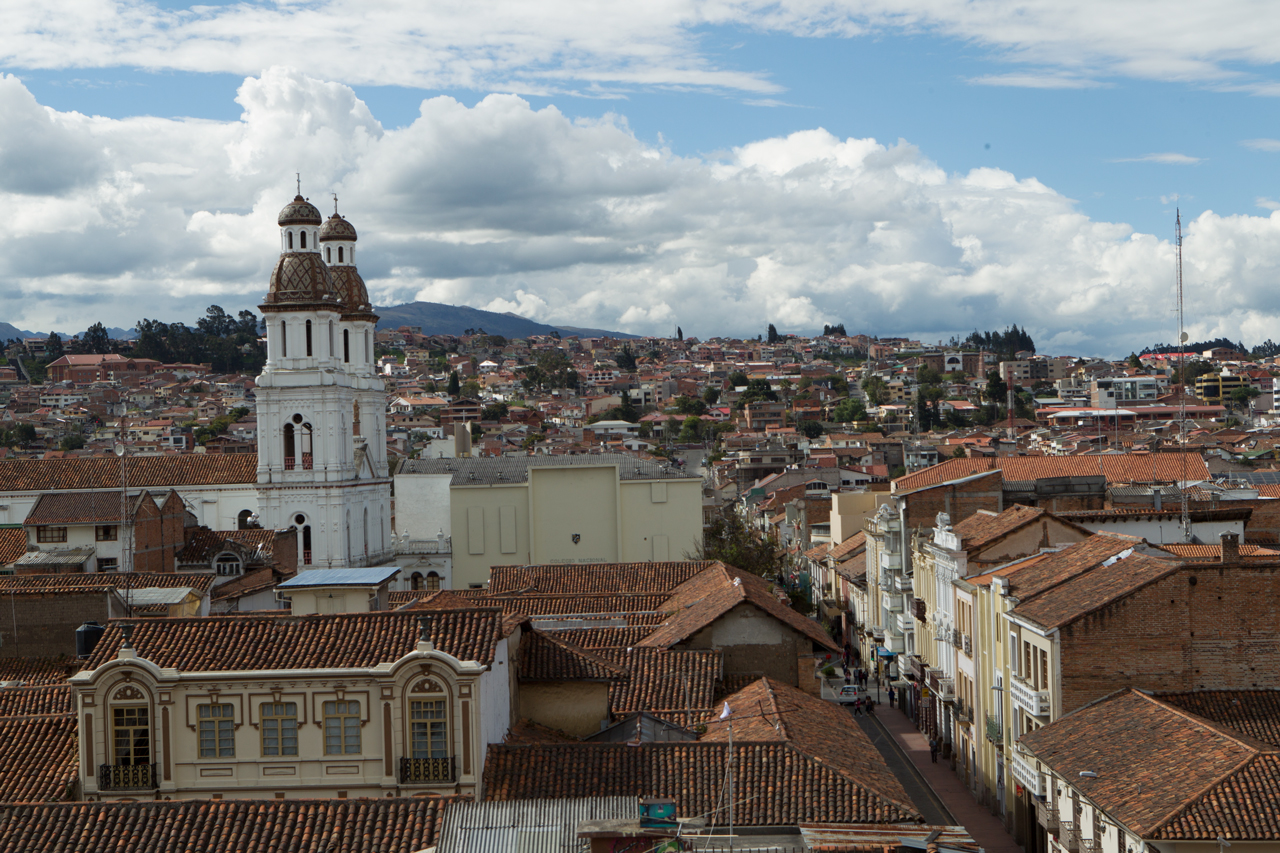The commemoration of the Holy Week is the central celebration of the Christian liturgical calendar, which awakens the greatest devotion and respect in Cuenca and its surrounding areas. Cuencanos begin the celebrations on ” Domingo de Ramos” Palm Sunday, following that, on “Jeuves Santo” Holy Thursday. To mark this day they visit the seven churches, followed by processions revering “El Señor de la Pasion” or “Passion of the Christ” on “Good Friday”. In rural areas, they celebrate in much the same way, but you may also observe manifestations of religious fervor. This can be seen in the many men who represent Christ in the procession, who travel long distances carrying very heavy crosses. Holy Thursday marks the beginning of the Easter Tritium: Last Supper, death and the resurrection of Christ. On Holy Thursday the pilgrimage of the churches is performed. These visits and prayer, recognize, and symbolize, the faithful followers of Jesus, the arrest of the traitor, and ultimately, the crucifixion.
In Holy Week, Cuenca has always embraced religious tourism, which is enhanced by the great variety of handicrafts and gastronomy, predominantly Fanesca and rice with milk, a simple, yet very traditional dessert. Fanesca is a thick soup consisting of a base of 12 grains. These grains represent, according to the tradition, the Twelve Apostles and the twelve tribes of Israel; and the fish, represents Jesus, as it’s the main ingredient of the soup.
Upon exploration of the churches in Cuenca, you will witness the palpable faith of the people of Cuenca. The temples, churches and cathedrals that are found in Cuenca’s historic center are architecturally magnifient and invite you to behold and admire them, while performing the pilgrimage. In the historical center of the city, there are 17 churches located so close to each other that they are visited by floods of people on Holy Thursday.
Cuenca, is the only city in Ecuador with two cathedrals, which are located one block apart. First, there is the emblematic cathedral of the Immaculate Conception, which stands majestically, and without a doubt, is a monument to the faith of the Cuencanos. This building combines several architectural styles, dominated by the romanesque in its general form with gothic elements such as the three rosettes, the mullioned windows of the facade, the towers and the stained-glass covering the walls. The construction of this cathedral began in the 19th century, and was completed in the nineteen thirties. The cathedral was dedicated to the Virgin of the Rosary, better known as “Morenica del Rosario”, whose effigy can be seen even today in the main altar of the church.
The second cathedral is also known as the old cathedral “del Sagrario”, which was built at the time of the founding of the Spanish city. The Chapel was erected by the work of a “minga” which is a gathering of the community to help with good works, and was completed in 1573.
Since the 16th century there existed a custom of selling graves to neighbors to be buried in the ground of the 3 ‘ships’ that make up the Church. This cathedral was also visited by the first French GEODESIC mission, sent to measure the degree of the Meridian, (to find out how round the earth was) in the year 1736.




















One Response
Thank you for explaining the history and traditions of Cuenca during this special time of the year.